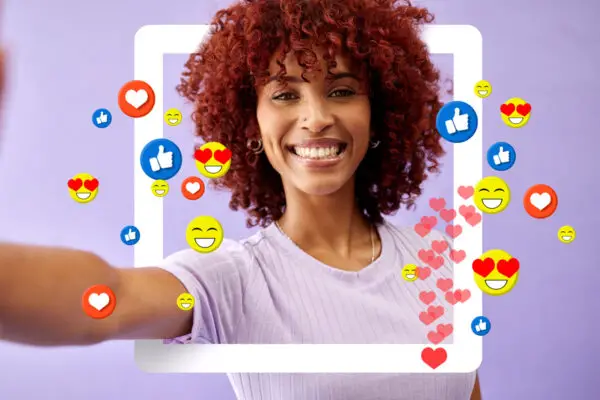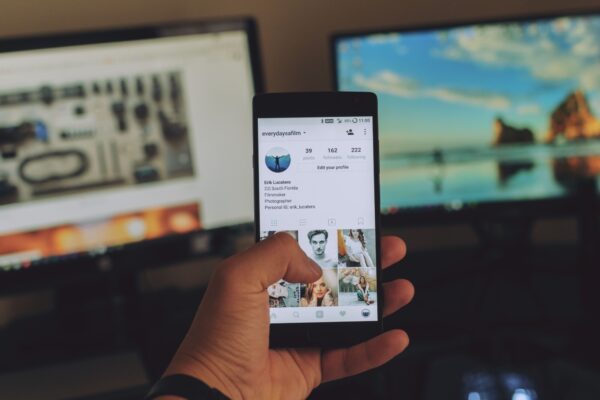The Evolution of Social Media: A Deep Dive Into Content Creation

Estimated reading time: 3 minutes
Table of contents
How we share information and communicate has changed dramatically in the digital age. From straightforward networking sites, social media platforms have developed into intricate ecosystems that impact business, politics, and culture. As a result of this evolution, many types of content creation have emerged, each of which has significantly impacted how the internet has developed.
The Rise of Video Content and Virality
The proliferation of video material on social media has been one of the biggest changes. The way that content is consumed has been transformed by websites like YouTube, which has also spawned new genres and artistic expressions. The search for viral YouTube video ideas manifests this trend when marketers and content creators try to figure out the magic formula that causes the material to go viral online. More than just popularity, the phrase “viral” denotes a closer bond with the public, frequently sparked by relatability, creativity, or simple entertainment value.
SEE ALSO: The What, Why, and How of Product Advertising With User-Generated Video Content
The Impact of Algorithms on Content Creation
The algorithms that determine which information is viewed on social media platforms have changed along with them. Because these algorithms are continuously improved to increase user engagement, the market for artists is becoming increasingly competitive. Success in content development requires an understanding of these algorithmic changes and the ability to adjust accordingly. The algorithm affects more than simply visibility; it also shapes the kind of content generated, motivating producers to structure their work in a way that increases the likelihood that these intricate algorithms would find it appealing.
The Role of User-Generated Content
In social media, user-generated content has taken center stage. Thanks to the democratization of content creation, anyone with a smartphone can now contribute their experiences, ideas, and creativity. The popularity of apps like Instagram and TikTok has brought attention to how influential user-generated content can be in setting trends and generating viral phenomena. Along with the issues this shift has brought, there are now more demands on content moderation, and platforms must do more to prevent disinformation.
The Influence of Social Media on Traditional Media
Social media has a big impact on traditional media, but its power goes beyond its platforms. As news organizations use social media as a platform for content delivery and as a source for stories, the distinction between social media and traditional media becomes increasingly hazy. Social media has also put established media conventions to the test by promoting content delivery that is more immediate, interactive, and personalized.
SEE ALSO: Exploring Netflix Originals: Tech and Trends
Future Trends in Social Media Content Creation
VR and AR will likely transform social media content creation in the next few years. Creators can engage their audience better using these tools. Artificial intelligence improves content generation efficiency and customization, making it crucial to the profession.
Conclusion
Social media evolution is a never-ending process characterized by constant innovation and transformation. The limits of what is possible grow as content creation becomes more complex, providing countless opportunities for expression and innovation. Anyone hoping to build a name for themselves in the digital world—be it as a marketer, content developer, or casual user—must comprehend this evolution.







